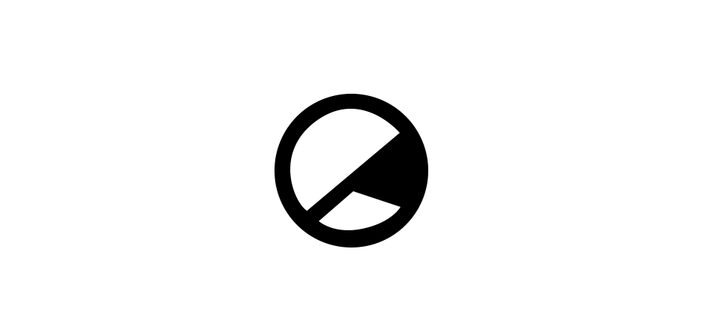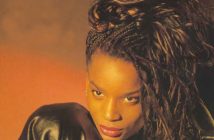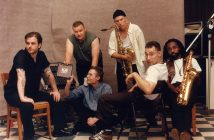The ‘phenomenon of autotune’ has been a joke and question in the music industry for decades now, but it’s a musical trend often adopted by LGBT+ artists and queer icons. When looking at the impact of autotune on this community, the vocoder, or audio distortion, are of particular importance – Cher’s ‘Believe’ can hardly be considered simply autotune, with its unnatural tonal shifts that give us life. It’s this area of auto-tuning that will be focused on, as this complete editing of voice, opposed to simply tuning vocals to sound better, is the type of autotune that the LGBT+ community know and love – think Cher, Madonna, Kim Petras, and more.
Though this exploration of autotune is focussed on LGBT+ artists and icons, this doesn’t limit the genres that are covered. For instance, trans singer Kim Petras’ songs could easily be mistaken for mainstream pop, with hits such as ‘Broken Glass’, ‘Malibu’, and ‘Heart to Break’ very similar to the mainstream songs we hear on the radio, and loaded full of autotune. Yet, autotune is also very evident in gay rapper Le1f’s music, particularly ‘Cheap’ and ‘Swirl’, which will get you appreciating the unnatural vocal shifts and synths whilst enjoying some queer rap. Even pop culture sensation Joe Exotic, otherwise known as Tiger King, implores and possibly over-uses autotune in his country hits. Though it’s come out that he’s not actually responsible for the vocals on the tracks, songs like ‘I Saw A Tiger’ and ‘Because You Love Me’ are great country tunes, that autotune certainly make better.
Considering queer icons, and what actually ‘makes’ someone a queer icon, autotune and unusual vocal editing certainly plays a major role. Think LGBT+ icon greats like Cher (‘Believe’), Madonna (‘Vogue’), Lady Gaga (‘LoveGame’), Britney Spears (‘Toxic’), and even Elton John (‘Tiny Dancer’) – each of these artists embrace autotune to varying degrees, but it is what makes us love their music even more. Madonna and Cher specifically have been noted for their use of autotune, with Cher’s ‘vocoder’ era mocked on hit show RuPaul’s Drag Race in ‘Cher: The Unauthorized Rusical’ lyrics – “Vocoder, something I can believe / The answer is technology”. Even rapper Nicki Minaj uses autotune to an extent; think ‘Starships’ and ‘Pound the Alarm’.
Looking at LGBT+ artists, autotune remains an even greater trend, arguably a characteristic of being an LGBT+ artist seen across multiple genres. The aforementioned Le1f shows the use of autotune in gay rap, with mainstream hip hop appreciating the autotune of queer artists such as Lil Nas X, shown in his songs ‘Panni’ and ‘Old Town Road’. Jose & Luis, dancers from Madonna’s infamous Blond Ambition tour, produced their one-and-only single ‘Queen’s English’ with the help of Madonna. Whether influenced by their voguing roots, or Madonna’s use of the phenomenon, this song too features autotune as they casually talk-rap/sing over the club beats. Returning to mainstream queer artists who use autotune, Frank Ocean is an example of how to use it subtly whilst keeping its presence known. In his songs ‘Ivy’, ‘In My Room’, and ‘White Ferrari’ to name a few examples, Ocean embraces the wonders of autotune in his psychedelic music to transport us to another world with his glorious vocals.
Lastly, no exploration of autotune would be complete without a few drag queens. Listen to RuPaul, Alaska Thunderfuck, Aquaria, or pretty much any drag queen, and you’ll find nothing short of an autotuned hit. Autotune for drag queens is practically a religion, and shows just how intertwined LGBT+ culture and autotune are. Autotune is an amazing phenomenon, and is intrinsically part of LGBT+ culture. We should all learn to appreciate its wonders a little more!
Kim Petras – ‘Heart to Break’ (available via BunHead).


![Midge Ure on Legacy, Live Aid, and his upcoming ‘Catalogue’ tour: ‘The idea that there could be an [AI] Ultravox in 40/50 years from now is terrifying’](https://theedgesusu.co.uk/wp-content/uploads/2024/03/download-214x140.jpg)

